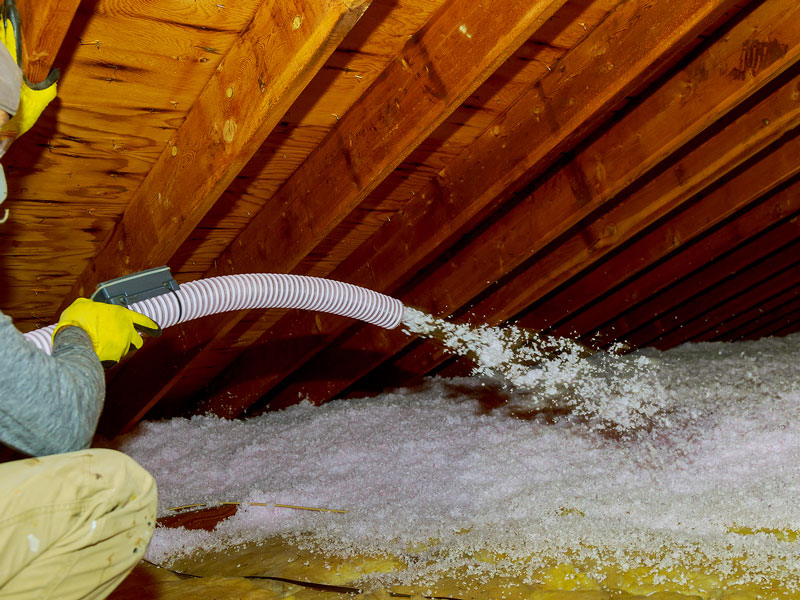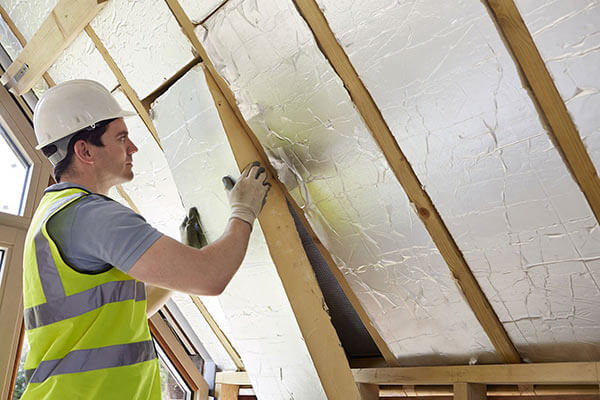Insulation Types and Uses

CELLULOSE INSULATION
Cellulose (“blown in”) insulation is a sustainable product made from recycled newspaper that is treated with borate for fire resistance. It has a high R-value and great thermal retention qualities that make it ideal for attics and existing walls.
Attics: Because hot air rises, insufficient attic insulation and air leaks are often a home's biggest energy waster. At EcoSmart Home Services, we pair attic insulation projects with air sealing to maximize achieve the best results for you.
Walls: Upgrading exterior wall insulation is far simpler than many people imagine. First, we use infrared imaging during our home energy audits to pinpoint air gaps where cellulose insulation has settled over time or was improperly installed to begin with. When we install the insulation, we remove exterior siding (including shingles and clapboards), drill small holes in the underlying layer, blow in the insulation, repair the holes, and reinstall the siding.
BLANKET INSULATION
Blanket insulation consists of fiberglass, wool, or other fibers with or without a facing. Available in rolls and batts (not rolled), it is sized to fill the standard space between studs. We often find improperly installed blanket insulation that allows air to leak out of a home.
Fibers: Most blanket insulation is made with fiberglass, but is also made with mineral wool, sheep’s wool, plastic fiber (recycled milk bottles), and cotton.
Facing: The facing provides a barrier to airflow. A flame retardant facing can be used for basement installations where the insulation is exposed.
Our team is available to make sure that insulation is properly installed to remain cost-effective and energy efficient.

ASBESTOS
If your home was built prior to 1950, you may have insulation that contains asbestos. If you think you do, please call us and we will be happy to inspect, remove, and replace this insulation to make your home safer and more energy efficient.
